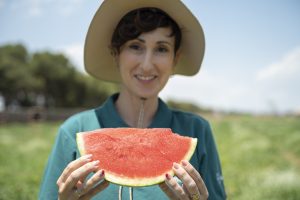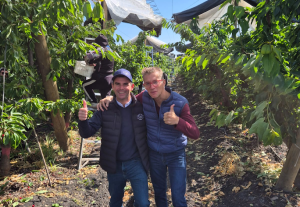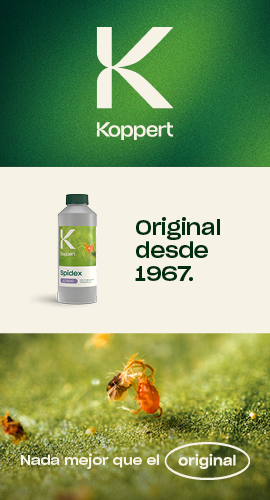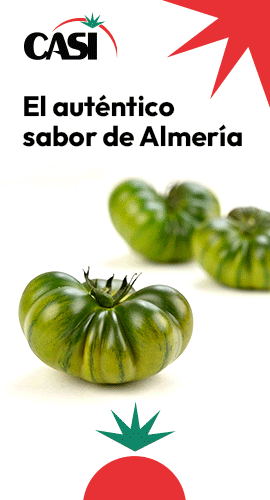Bayer Seminis forecasts volumes similar to last season for this year’s melon and watermelon campaign, though acreage may vary by region. By late April, plantings in Murcia were already well advanced, and planting had just begun in Castilla-La Mancha.
According to José Guirado, Market Development Manager for Melon Iberia at Bayer, overall melon acreage in Spain is expected to remain stable. However, changes are being seen in the types being planted. ‘Charentais is declining in Murcia. Export-oriented varieties are gaining ground in Castilla-La Mancha at the expense of Piel de Sapo, as part of the late-season crops in Murcia are shifting to La Mancha,’ he explains. This trend is driven by the uncertainty around water availability when planting plans were made, prompting growers to look for alternative regions. Additionally, in recent years, high temperatures have led to more frequent pest and disease outbreaks. As a result, production is ‘moving earlier and farther inland, into intermediate and higher areas bordering Albacete or La Mancha,’ Guirado adds.
Although early plantings are ready, open-field crops have been delayed, and fruit set has been affected. ‘We believe supply in May and June will be very tight or possibly even fall short of demand.’ Volumes are expected to increase in July and August.
Looking ahead at Melon&Watermelon Week
Bayer’s annual event at its trial farm in Miranda (Campo de Cartagena), known as Melon&Watermelon Week, will once again welcome visitors during the last week of June (for international clients) and the first week of July (for the local market). ‘This year’s theme is a look into the future from various perspectives—varieties, consumer formats, new crop technologies, and resistance to pests and diseases.’
Attendees will get a first-hand view of what lies ahead for melons and watermelons and discover the company’s latest introductions.
In Galia, Bayer is expanding its Cyro Line with two new varieties. The first, Galves, replaces SV5133MG and offers resistance to powdery mildew, aphids, yellowing virus (CYSDV), watermelon mosaic virus (WMV) and New Delhi virus (ToLCNDV).
The second innovation is Gallager, a long-shelf-life Galia for April plantings in Murcia, boasting exceptional flavour and texture.
In Orange Candy, Bayer presents SVMA6731, suited for late-season plantings in Cartagena and Castilla-La Mancha. It ensures production continuity with a full resistance package and optimal fruit size.
RELATED NEWS: Bayer expands Its portfolio with Bultaco, Barreiros, and Brasero
In Charentais, the new Acapella stands out for its hardiness and complete resistance pack: powdery mildew, aphids, and yellowing virus (CYSDV)—a novelty for this melon type.
As for watermelons, the seedless striped variety Lunalinda continues to deliver strong results thanks to its excellent internal quality and consistent fruit size (4–6 kg), making it ideal for both export and domestic markets.
In the pre-commercial phase, Bayer is testing SVWT3052, a micro-seeded pollinator with 2.5–3 kg fruit, an ideal cycle that aligns harvest timing with triploid varieties, and outstanding internal quality without compromising firmness.



















